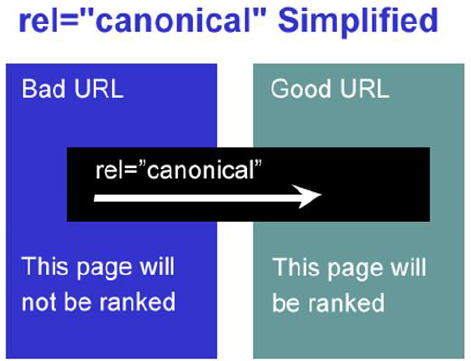SEO is a method to display your website at the top of the page, when a
search is performed for those relevant items. It includes the
information that your website offers to the visitors and why webpage
content is relevant to come at the top in a search result. Many
potential customers feel that A/B Testing or Multivariate Testing will
have an effect on their search engine rankings.
There are four ways that ensure you to run A/B Tests without worrying about losing the potential SEO Value.
Note − If it is not possible to use canonical, then you have to ensure that there is a noindex tag in HTML or HTTP Header, if not you should ensure it at least has a robots.txt.

Most important point to consider for SEO is that you have to make it clear to search engines that they shouldn’t remove your original URL from their index and just put it temporarily on the hold. When the spiders come back for their next indexation, they will check again, if the redirect is still applicable, and if not, the old URL will be restored again.
If you run the test for a longer period, Google takes this as a way to fool search engines. This can happen when you are showing a test variant to a large number of visitors for a longer period of time.
There are four ways that ensure you to run A/B Tests without worrying about losing the potential SEO Value.
Don’t Cloak
Cloaking is called when you show one version of your webpage to Googlebot agent and other version to your website visitors. Google says that you shouldn’t cloak and is very strict with this. It can even lead to your website being excluded from the search results or demoted in SEO ranking. You have to ensure that you don’t divide your visitors among the different versions of your A/B Test based on a user agent. Google doesn’t care if their bot sees one version or another, it just cares that its bot has the same user experience as that of a random visitor.Use ‘rel=canonical’
When you have A/B Tests with multiple URL’s, you can add ‘rel=canonical’ to the webpage to indicate to Google, which URL you want to index. Google suggests to use canonical element and it’s a noindex tag as it is more in line with its intention. You are only indicating about which content is original. In this way Google can group and index pages accordingly.Note − If it is not possible to use canonical, then you have to ensure that there is a noindex tag in HTML or HTTP Header, if not you should ensure it at least has a robots.txt.

Use 302 redirects and not 301’s
Google recommends to use the temporary direction method − a 302 over the permanent 301 redirect. As in any A/B Test, it is not a permanent relocation, but just a temporary one. It is always advisable to use 302 redirect as it is a notice of a temporary redirect. So if you’re using a redirect for A/B Testing, make sure you use a 302 header.Most important point to consider for SEO is that you have to make it clear to search engines that they shouldn’t remove your original URL from their index and just put it temporarily on the hold. When the spiders come back for their next indexation, they will check again, if the redirect is still applicable, and if not, the old URL will be restored again.
Don’t run experiments for a longer period of time
Please note that when your A/B Test is completed, you should remove the variations as soon as possible and make changes to your webpage and start using the winning conversion. You have to ensure that you remove all the elements of the tests − like alternative URLs and test scripts.If you run the test for a longer period, Google takes this as a way to fool search engines. This can happen when you are showing a test variant to a large number of visitors for a longer period of time.

No comments:
Post a Comment